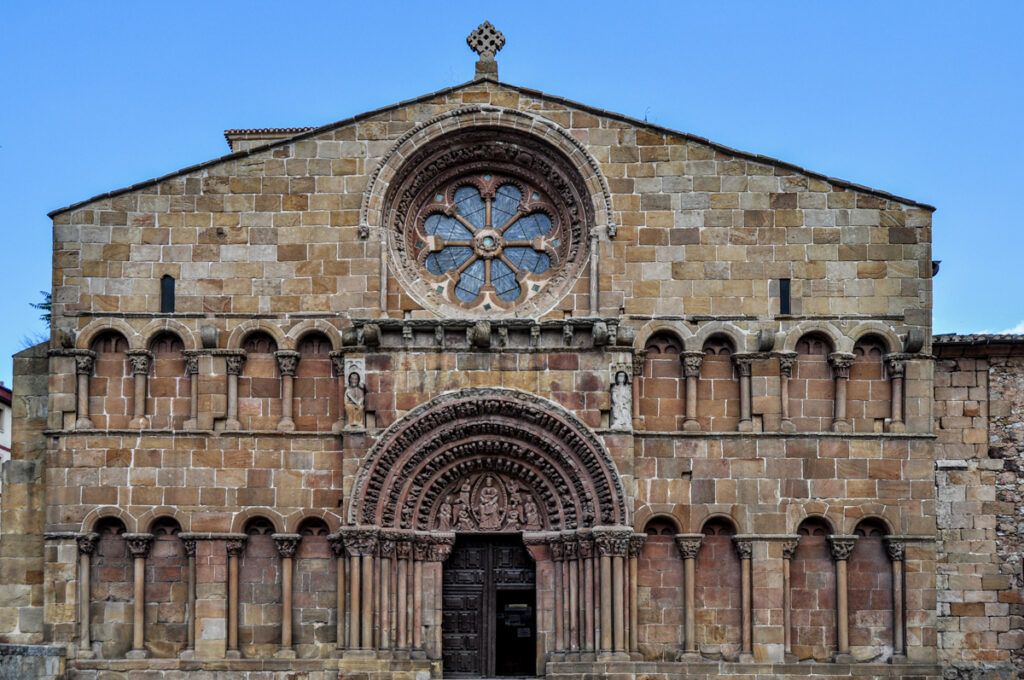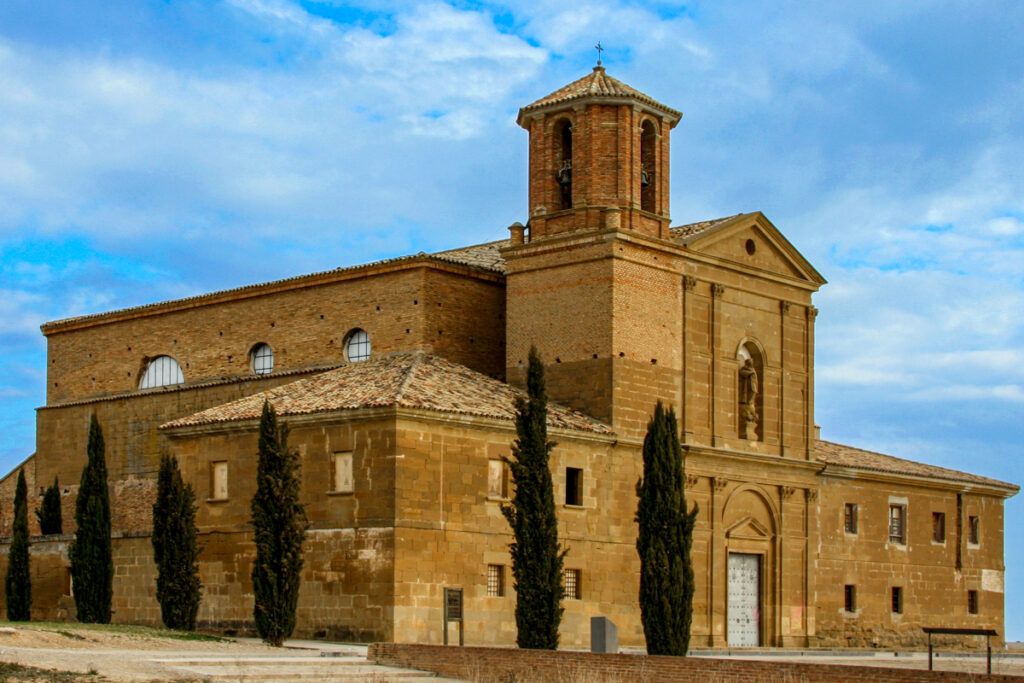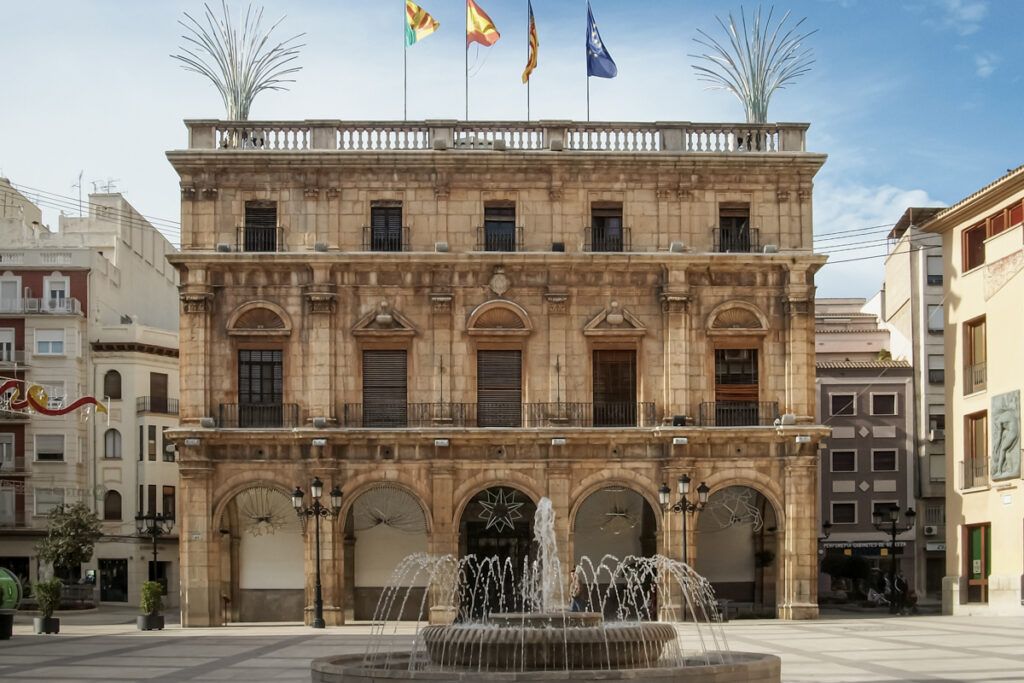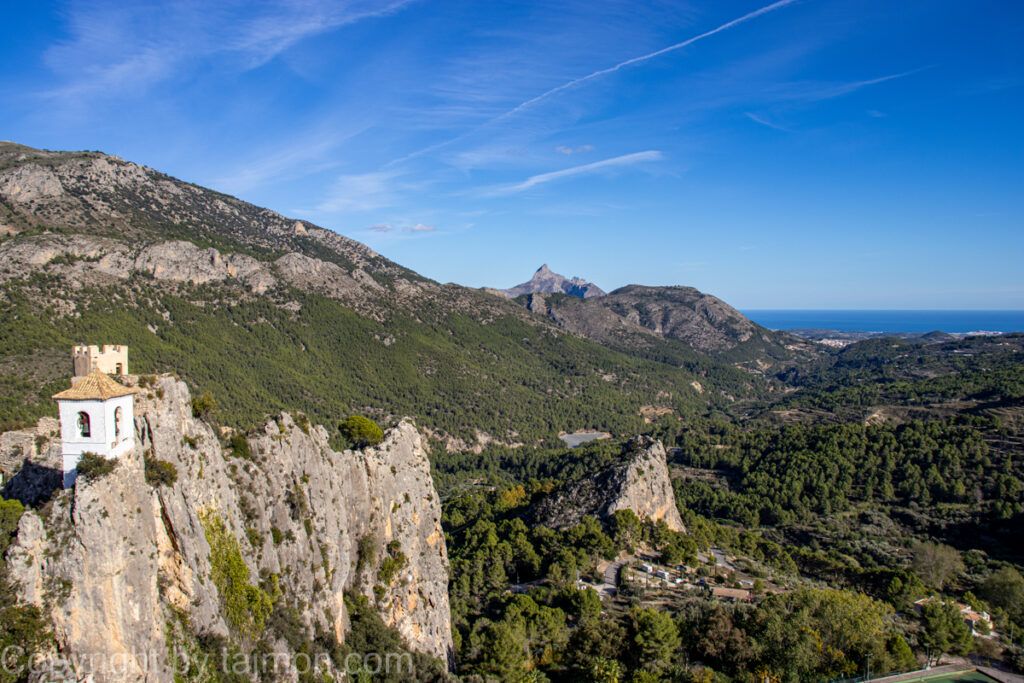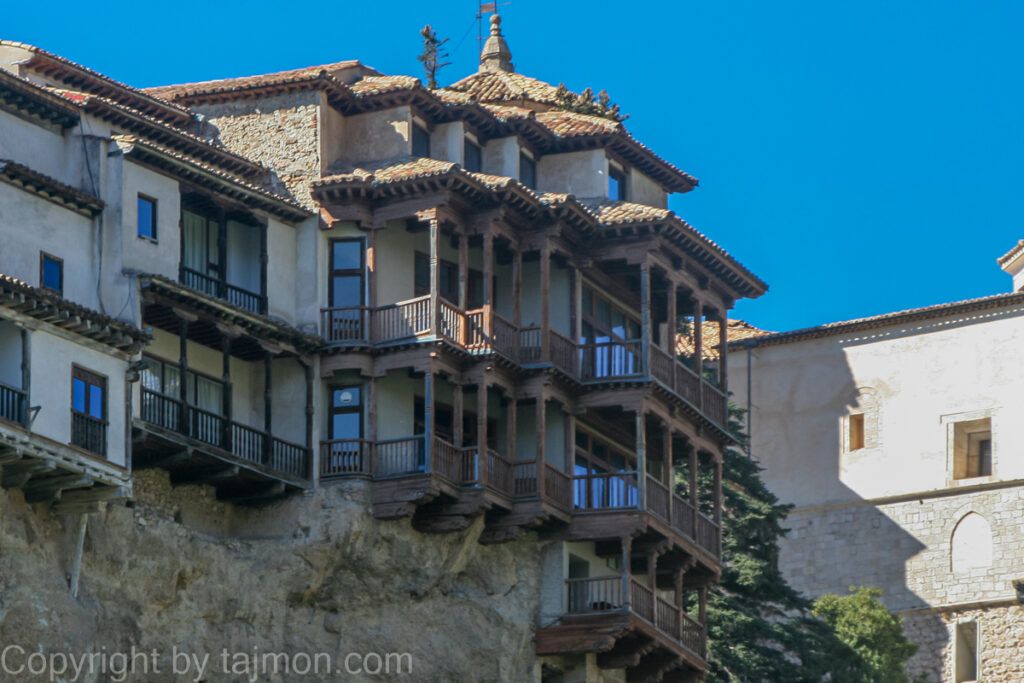San Juan Festival in Soria
Fiesta San Juan, or the Feast of St. John, is the most important and eagerly anticipated festival in Soria. It is a five-day fiesta, which takes place every year from June 28 to July 3, and combines tradition, religiosity, fun, and culture. It is considered one of the oldest and most original folk festivals in Spain, as well as an example of coexistence and brotherhood among the city’s inhabitants. It is a festival that must be experienced and felt to understand and love it.
Fiesta San Juan has its roots in the Middle Ages when Soria was divided into twelve districts, called cuadrillas, which corresponded to the old settlements of repobladores, or people who settled these lands after the reconquest. Each cuadrilla has its patron, its colors, its symbols, and its customs.
The cuadrillas are: La Blanca, El Rosel y San Blas, La Mayor, San Esteban, San Miguel, San Pedro, San Juan, Santa Catalina, Santiago, Santo Tomé, San Clemente y San Martín, San Polo y Santa Marina, and El Salvador. Each cuadrilla has its headquarters, called peña, where its members, called piñorros and piñorras, meet to celebrate and share joy. Each cuadrilla also has its toro, or bull, which is its symbol and pride.
Fiesta San Juan has many rituals and ceremonies that give it character and meaning. Some of them are preparations for the fiesta, such as: el Catapán, when the cuadrillas meet to taste wine and confirm their presence at the festivals; el Desencajonamiento, when the bulls are released from cages and shown to the public; el Lavalenguas, when the cuadrillas go to the Valonsadero forest to see their bulls and eat lunch; and la Compra del Toro, when the cuadrillas buy their bulls from breeders.
Other rituals are an integral part of the fiesta, such as: el Pregón, when the mayor of the city announces the start of the fiesta from the balcony of the town hall; la Saca, when the bulls are brought from Valonsadero to the city by horse riders and runners; el Viernes (Friday) de Toros, when the bulls are killed in the traditional corrida; el Sábado (Saturday) Agés, when the meat and offal of the bulls are sold at auctions in each cuadrilla; el Domingo (Sunday) de Calderas, when the cuadrillas parade through the city with calderas, or decorative baskets with flowers and fruits; and el Lunes de Bailas, when the cuadrillas participate in a procession with figures of their patrons and dance around them.
Fiesta San Juan is also an opportunity to enjoy music, dance, food, and drink. During these days, the city is full of concerts, verbenas, performances, and shows. Some of the most famous and beloved are: la Banda Municipal de Música, which plays traditional sanjuaneras, or songs dedicated to the festivals; el Jurado de Cuadrilla, who is elected by each cuadrilla to represent and lead it; la Ronda de San Juan, which is a folk group that sings and plays in the streets; and el Tío de la Taja, who is a character who distributes wine and goat cheese cakes. During the fiesta, you cannot miss the opportunity to taste typical dishes and drinks, such as: el torrezno, or fried bacon; el manteo, or roasted lamb; el hornazo, or cake with egg and sausage; el zurracapote, or wine with fruits and spices; and el aguamiel, or drink made from honey and water.
Fiesta San Juan is a festival that attracts thousands of people from all over the world every year, who want to experience its magic and emotions. It is a festival that connects the past and the present, which lives in the memory and hearts of the Sorianos, which is part of their identity and culture. Fiesta San Juan is a festival that must be seen to believe, and must be experienced to love.
If you liked this guide, I encourage you to like my Facebook page: Spain Uncovered, where you will find more information and curiosities about Spain. On my page you will also find other tourist guides to different towns and regions of Spain, which are already published. Tourist guides to Spain will be published regularly.
If you think this guide can be useful for other people, I encourage you to share it on social media using the buttons that are under the text and under the title. This way you will help me to spread my work and to promote Soria as an attractive tourist destination.
